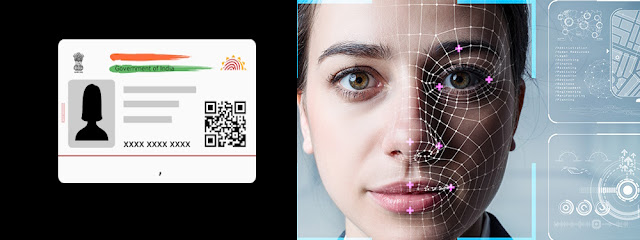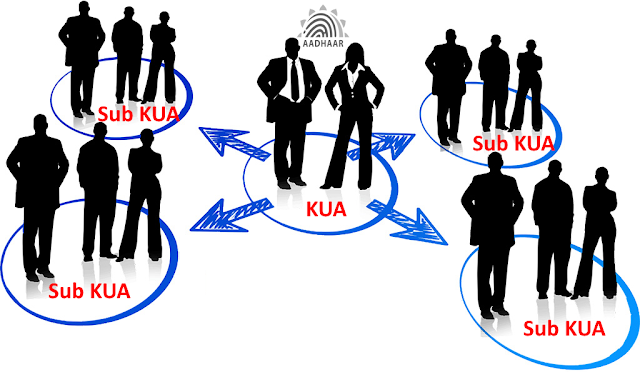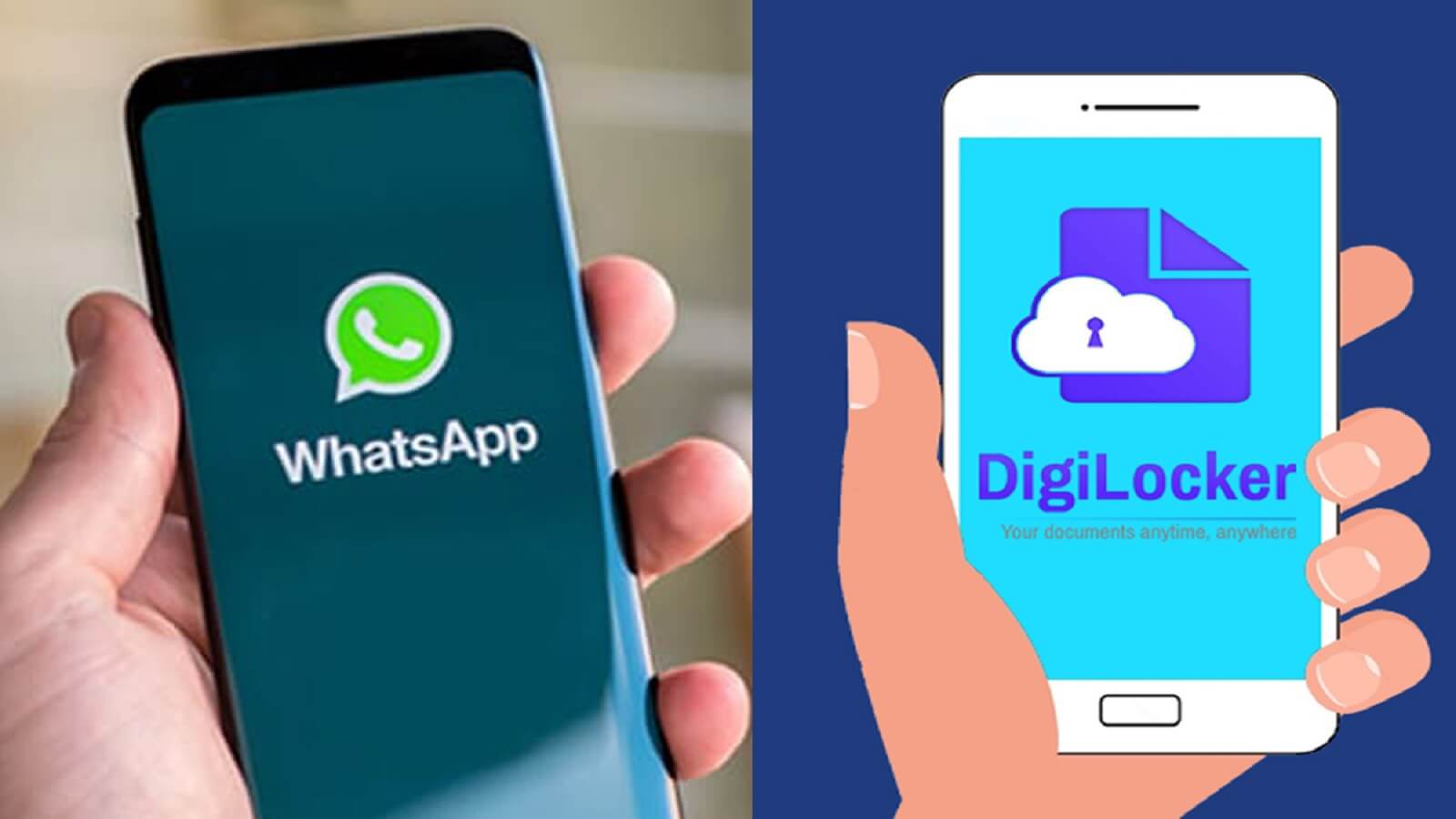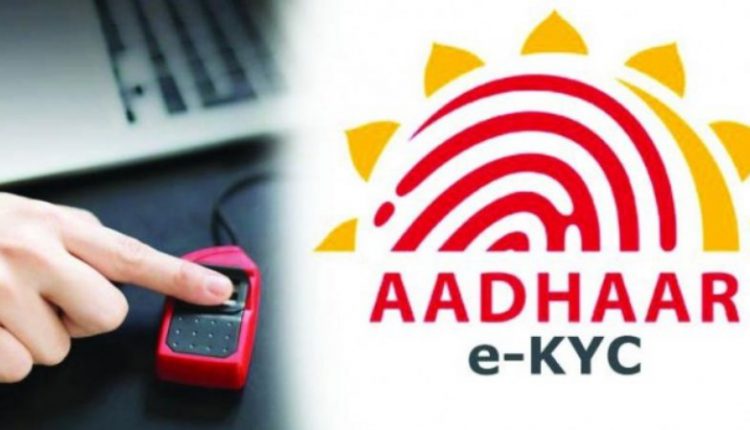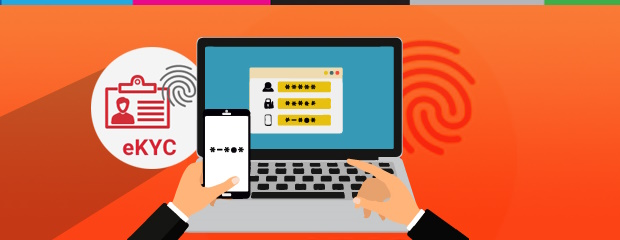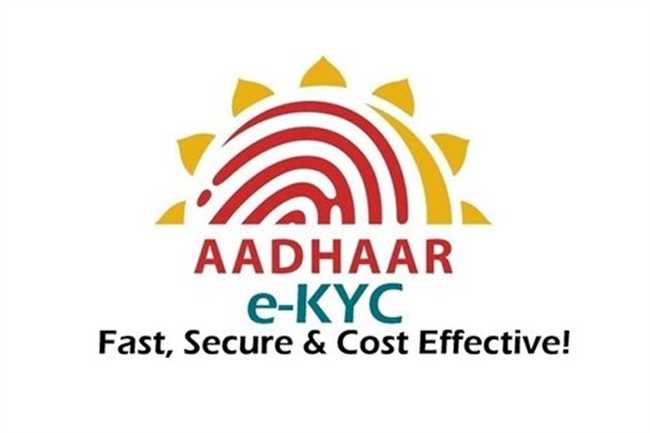Meta Description: Want to learn the
importance of eKYC for a faster banking process? Here's how eKYC enables
co-operative banks to process quick transactions and customer-related services.
image source
KYC (Know Your Customer) is one of the easiest
ways to verify a customer's identity and address. Customers must complete their
eKYC to open their bank account, investment account, fixed deposit, or any
other bank-related account. eKYC through Aadhar is the fastest process way of
customer verification.
In the guidelines by the central authority, co-operative banks
are authorized to process eKYC via customer Aadhar number. The reason
behind processing eKYC is to ensure the customers are involved in fair
transactions or fair online dealings rather than in contact with any illegal
financial group. Additionally, in the updated eKYC Aadhar process using
Sub-KUA(Sub- KYC User Agency) mode, co-operative banks won't require
documentation paperwork or signatures but will follow biometric information.
image source
There are two types of eKYC available: online & offline.
Online Mode
This includes the following:
- Biometric
authentication - The customer has to scan
their finger or eyes on the biometric scanner to provide their biometric
data to UIDAI database.
- OTP
Based verification - In the process customer
submits the OTP, which is sent to the Aadhar card number for verification.
Offline Mode
This includes the following:
- QR
code authentication - Here, the verifier scans the
QR code printed on the back of the Aadhar card of the customer.
- Aadhar
XML file - In this process, the customer
has to download an XML file with their registered information and submit
it to the verifier.
Recently, the Unique Identification Authority of India (UIDAI) has enabled co-operative & NBFCs under KUA & Sub-KUA
registration to process eKYC authentication for faster customer
Aadhar verification.
Aadhar eKYC: More Efficient & Secure
image source
All co-operative banks, with certificate from the Registrar of
Cooperative Society of the respective state can use the e-KYC authentication
process once they register with UIDAI as a Sub KUA. They can collect eKYC data
from the Aadhar card holder by doing Aadhaar authentication using finger print
scanning or OTP. The advantages of using
Aadhaar eKYC for co operative banks are the following:
Quick Verification
- With
the eKYC authentication facility, customers can instantly verify
themselves at authorized KUA using their Aadhar card number. Unlike basic
KYC, eKYC verifications don't consume 10-20 minutes of customers
during verification. Additionally, it has reduced operating costs and
improved efficiency.
Paper Free Process
- As
mentioned, the eKYC process doesn't require physical document
submission for customer verification. The Sub KUA verifies the customer's
identity based on the Aadhar database. While it reduces dependencies on
paper, it also encourages customers to complete authentication in a single
attempt.
Biometric Security
- The
advanced biometric technology tightens the security measure for KYC
verification. Since UIDAI only use temper-proof data on its server, it
protects its customer identity. It reduces security breaches and only
allows access to Aadhar card holders or service providers.
Impact of Aadhar eKYC on Co-operative Banks
- Co-operative
banks must request higher authorities to use KUA authentication. Once Sub-KUA
registration is finished, banks can perform eKYC authentication and
share specific information or data of Aadhar card holders with the central
agency. The eKYC authentication facility for co-operative banks has
positively impacted the banking sector.
Banks can verify their customer data, transactions, and
additional processes faster with eKYC. Since biometric technology is available,
customers don't need to bring identity verification documents to banks. Additionally, KUA does not store
Aadhar card data; instead, they share it with authorities/service providers.
Hence, stored data in the online server is only visible to service providers
and registered Aadhar holders.
Verification through eKYC authentication is the fastest
way of Aadhar verification. Nowadays, every large banks and NBFCs follow the
eKYC authentication servers to process and open an account, fixed deposit, or
other services. It is a revolutionary attempt to make the banking process
stronger, more efficient, and hassle-free.
Ref Link:
https://uidai.gov.in/images/resource/Compendium_August_2019.pdf

